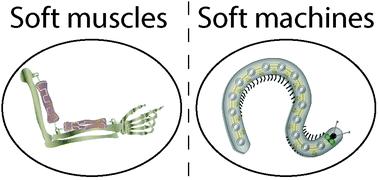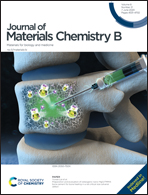Shape memory materials for electrically-powered soft machines
Abstract
Soft robots represent an emerging class of biologically-inspired machines that are primarily composed of elastomers, fluids, and other forms of soft matter. Current examples include crawling and swimming robots that exhibit the mobility, mechanical compliance, and deformability of various classes of soft biological organisms, ranging from cephalopods and larvae to marine fish and reptiles. Rather than using electrical motors, soft robots are powered with “artificial muscle” actuators that change shape and stiffness in response to controlled stimulation. In recent years, conductive shape memory materials have become especially popular for soft robot actuation due to the ability to stimulate these materials with on-board microelectronics and miniature batteries. Here, we review recent progress in the development of artificial muscle using shape memory materials that can be stimulated through electrical activation. This includes the use of shape memory alloy (SMA) to create fully untethered soft robots capable of biologically-relevant locomotion speeds as well as recent progress in engineering liquid crystal elastomer (LCE) composites that are capable of robust electrically-powered actuation.

- This article is part of the themed collection: Journal of Materials Chemistry B Recent Review Articles


 Please wait while we load your content...
Please wait while we load your content...
